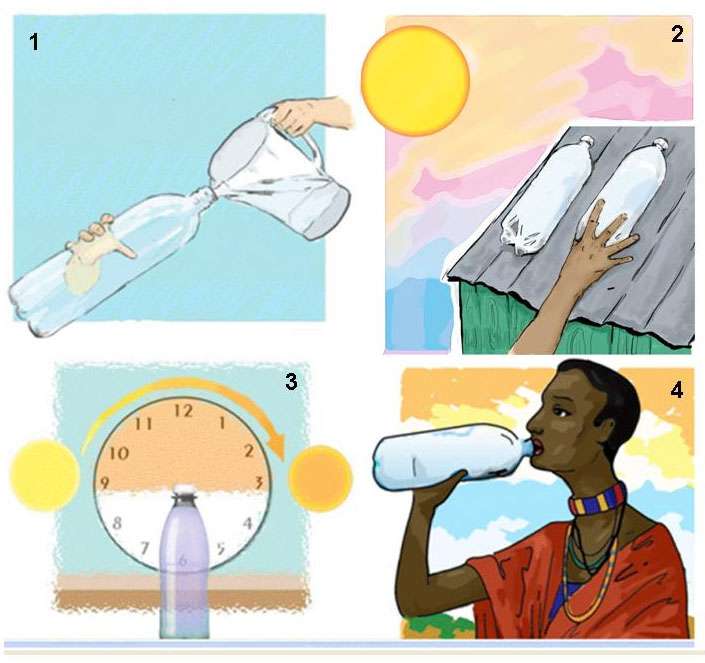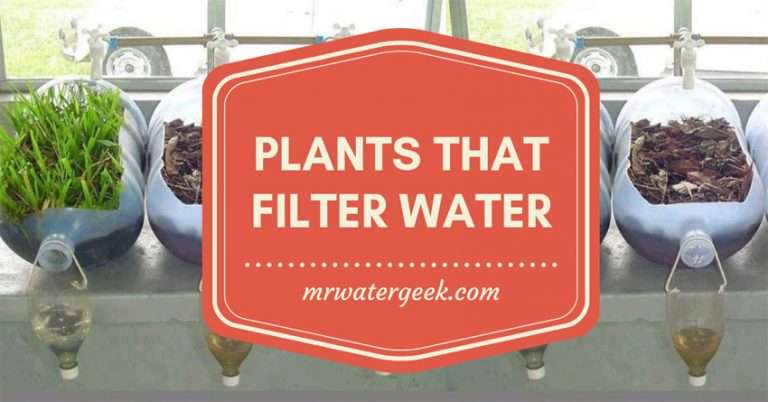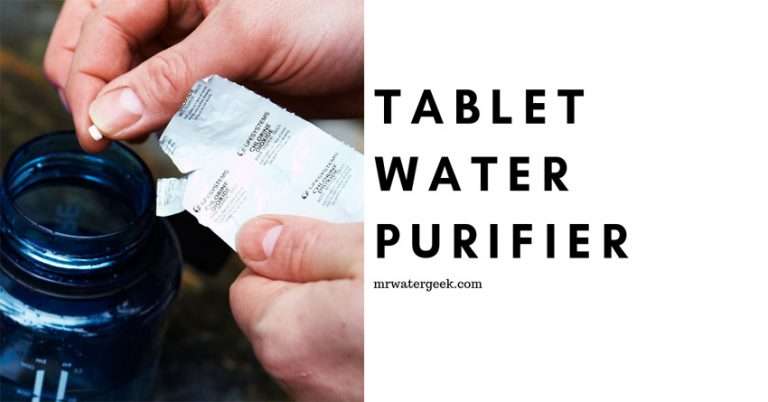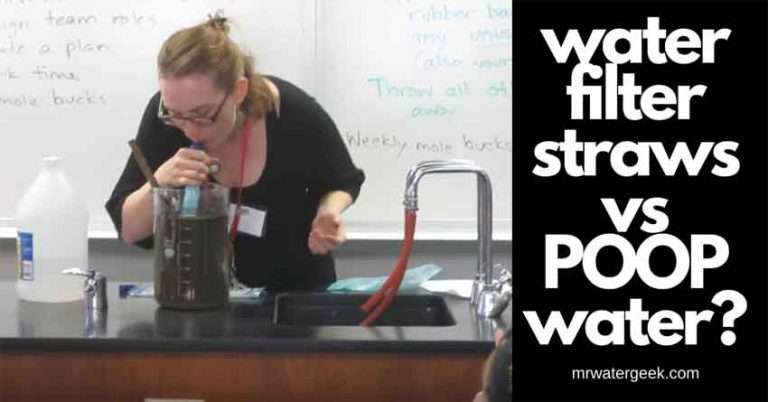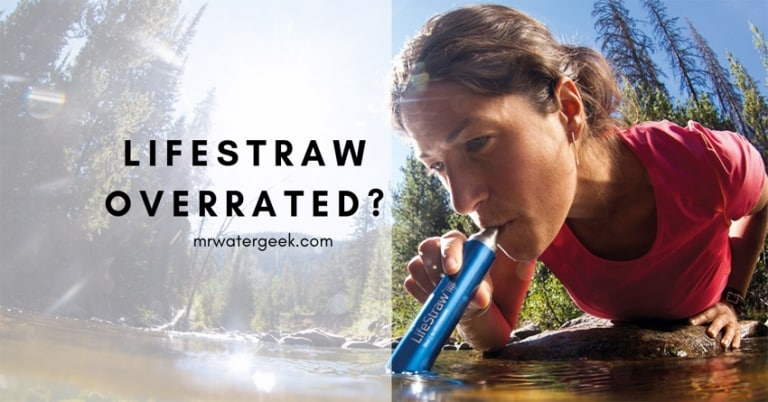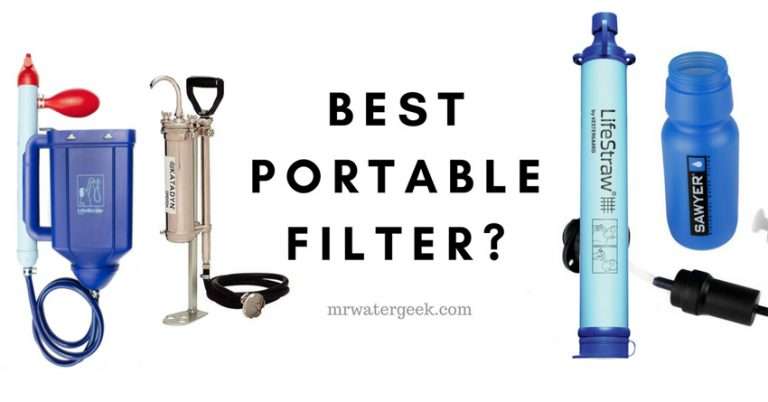9 EASY Off-Grid Water Filter Methods (Set Up In Minutes)
Why You Should NEVER Use a DIY Water Filter (Unless it’s an Emergency).
None of these homemade DIY filter methods come with any sort of guarantee.
Nor is there any guarantee that these methods will protect you against harmful bacteria and pathogens.
If the quality of the water is a big issue then you must use discretion and consider adding extra precautions.
9 EASY Off-Grid Water Filter Methods
Here are 9 off-grid water filter methods:
- Sunlight Water Purification
- Sand Filtration Process
- Tree Branch Water Filter
- Water Purification Straw
- Ultraviolet Light Treatment
- DIY Ceramic Water Filter
- Evaporation Trap Water Filer
- DIY Gravity Water Filter
- Water Filtration Using Fruits
1. Sunlight Water Purification
Solar disinfection is an effective method of off-the-grid water treatment, which can be used in emergencies. Especially when no chemical disinfectants are present. The ultraviolet (UV) rays of the sun are used to activate the pathogens present in the water.
In this process, water is poured into transparent plastic bottles and exposed to the sun for a whole day, ideally by putting it on the top of your roof.
One drawback is that you should use relatively clean and clear water for this method to be effective.
 2. Sand Filtration Process
2. Sand Filtration Process
Off-grid water filtration systems with sand filtration offer the possibility of slow or pressure processing.
The only issue is that this off-grid water filtration method is a very slow process. You can expect the water to move through the sand at a rate of about 2 liters per minute.
On the other hand, the filtration of pressurized sand pumps water through the same amount of sand to 40 liters per minute. The sand filter method is an economical way to filter and is capable of eliminating bacteria from your water.
The document called “Tech Brief: Slow Sand Filtration” produced by The National Drinking Water Clearinghouse fact sheet suggest the sand you use needs regular cleaning. This is so as to make it pure and safe to use. Doing this can make sand filtration a reliable and simple process.
 3. Tree Branch Water Filter
3. Tree Branch Water Filter
A paper published on PLOS One, shows how researchers from MIT ran contaminated water through a sapwood branch. By doing this the researchers discovered that the plants were effective at filtering out things like bacteria and experimental dye.
This makes a tree branch water filter a very good practical off-grid water filtration method. It’s simple to do so can be done by anyone and ideal for emergency situations or remote villages. (Read: 11 Plants That Filter Water In The Most INSANE Ways).
 4. Water Purification Straw
4. Water Purification Straw
Facing an emergency situation and find yourself needing an off-grid water filtration system then simply find a straw.Once you have a straw then look for some cotton, activated charcoal and a coffee filter. Why? Because this is how you build a straw filter!
Here’s how it works: There are filters at both ends of the straw to remove sediments that are normally in the water.
Then, the inside of the tube can be filled with activated charcoal (or activated carbon) which kills the microorganisms lurking in the water. At one end of the straw, the other filter prevents the charcoal from entering your mouth while drinking.
 5. Ultraviolet Light Treatment
5. Ultraviolet Light Treatment
Another way to harvest the unique power of ultraviolet light is to decontaminate your water system from the mains. You can use UV light to act as a natural biological water filter.
Dirty contaminated water that is exposed to artificial UV radiation will be both filtered and purified. 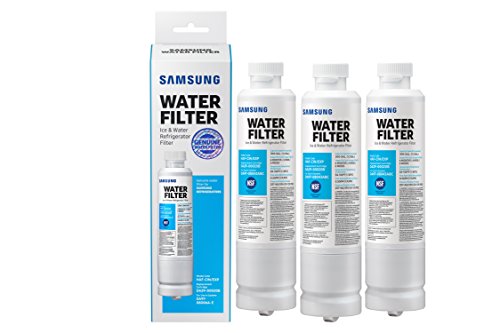
The Environmental Protection Agency (EPA) recommends that UV light treatment is a good protection against cryptosporidium. This is a type of microscopic parasite, which grows in the gut of some animals and humans. By far the biggest benefit of this off-grid water filtration process is its very low cost.
A popular example of an affordable UV light filter is the SteriPEN ultraviolet light technology. This technology is able to eliminate over 99.9% of the protozoa, viruses and bacteria that are responsible for causing water borne illnesses.
 6. DIY Ceramic Water Filter
6. DIY Ceramic Water Filter
If you don’t get stuck in the desert and are lucky enough to have a plentiful source of water, you may still need to think about efficient ways to save the water that you access.  Before you store clear water you must make sure that it’s drinkable by filtering it.
Before you store clear water you must make sure that it’s drinkable by filtering it.
Ceramic water filter cartridges provide a cost-effective, sophisticated and proven solution that allows you to produce clean water from any fresh water source.
This type of filter consists of a ceramic bowl, which usually contains activated carbon.
The ceramic shell is filled with sub-micron pores that filter small contaminants such as bacteria and particles. Also, the internal carbon treats water by eliminating a wide range of chemicals.
 7. Evaporation Trap Water Filer
7. Evaporation Trap Water Filer
All the above methods require you to carry a little water or at least have a water source nearby. What happens if you don’t have one? Well, it’s possible to remove moisture from the earth.
This is done by digging a hole in the ground and placing a tank in the ground that serves as a storage of water outside the net. Then you need to cover the hole with plastic, so that the moisture can not escape.
It is necessary to place a small weight, such as a stone, in the center of the cover so that it can fall in the middle.
It works when the water evaporates from the bottom up and condenses in the lid. The fall in the middle ensures that the water drips into the container. Of course, this method is not the fastest way to get clean water. However, in an emergency, this technique can save lives.
 8. DIY Gravity Water Filter
8. DIY Gravity Water Filter
Being an avid backpacker means you need an easy and practical way to filter water in nature.
Most filters available on the market are bulky and heavy or require supplies such as salt or batteries.Instead, you can create your own water filter by gravity with two bellows, a $ 15 Aquamira Frontier Pro filter or similar) and a pack of chlorine dioxide cleansing tablets.
Simply fill your bottle of dirty water directly from a river, stream or lake. Then add your chlorine tablet to the water before connecting your bottle of clean water to the Aquamira filter. This means that the other side of the filter is directly connected to the water tank where you drink.
The DIY gravity water filter method is also ideal if you have rainwater harvesting systems that are off the grid
The “gravity” part of this method happens when you hang the dirty water from the branch of a tree so that it can filter down. This means that you need to keep the clean water on the floor. Then wait for about half an hour when this system will filter a few liters of clean, drinkable water for you.
 9. Water Filtration Using Fruits
9. Water Filtration Using Fruits
Another convenient and easy way to get a clean water system without a network connection is to use a handful of fruits. The skins of some of the most commonly consumed fruits around the world are remarkably effective at absorbing a wide range of harmful contaminants, including heavy metals.
Using fruits for off-grid water filtration is both effective and very easy to set up. You can use things like apples, tomatoes, banana peels, tomatoes, rice hulls and even coconut fiber. If you’re interested in using natural plants to filter water then read: 11 Plants That Filter Water In The Most INSANE Ways.
The Problem With Using DIY Off-Grid Water Filtration Solutions
The problem with using an off-grid water filtration solution is that it’s not always reliable when you do it yourself. The water might look clean but still be very contaminated.
Meanwhile having a professionally made water filter will always produce the best results that you can depend on. So my recommendation is to buy an emergency water filter device and keep it with you at all times.
In addition to food and shelter, water can be the most urgent need, especially in a survival situation.
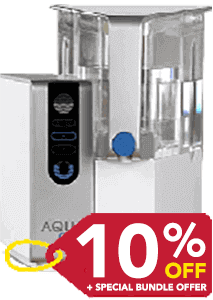 Whether you are in an urban emergency scenario or getting lost in the jungle, knowing these water filtration methods can mean the difference between survival and chronic dehydration or even death.
Whether you are in an urban emergency scenario or getting lost in the jungle, knowing these water filtration methods can mean the difference between survival and chronic dehydration or even death.
My best advice is to not wait until you are thirsty to start collecting water as the urge to drink from the contaminated sources can become unbearable.
If there is no modern way to extract clean water, knowledge about collecting and filtering water off the grid is even more critical. Getting sick because of contaminated water means you will be come even thirstier and this will make your situation worse.
AquaTru Water Filter | Berkey Water Filter |
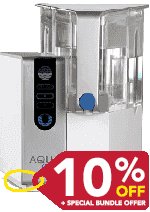 | 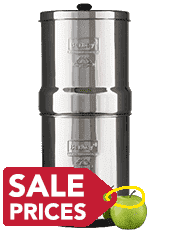 |
| - Arsenic: Approx 90% (unspecified). - Fluoride by 91.8% (WITHOUT extra filters). - Lead 97.5% - Benzene 99.9% - Chlorine 96.6% - Cysts 99.99% | - Arsenic by 99.9% (special filters required). - Fluoride by 99.9% (special filters required). - Lead 97.5% - Benzene 99.8% |
| Available in 1-size only. | Available in various sizes. |
| Plastic materials. | Metal & plastic materials. |
| Number of filters: 3 | Number of filters: 2 - 4 |
| Filter methods: Mechanical, Reverse Osmosis & Activated Carbon filters. | Filter methods: Black microporous-filters & white fluoride Filters |
| 4-stage filter process. | 2-stage filter process. |
| Holds a maximum water capacity of 3-quarts. | 2.25 Gallons |
| 45.7 x 45.7 x 38.1 cm | 19" High x 8.5" Diameter |
| System: 1 year limited warranty. | Filters: 2 years; System: 1 year. |
| Full Performance Data Sheet (AquaTru). | Berkey Contaminants List NSF/ANSI test results |
| SPECIAL OFFER? Yes, use code MRWATERGEEK  | SPECIAL OFFER? Yes, Big Berkey bundle sale |
 | |
Scientific References
AMADongare PD, Alabastri A, Pedersen S, et al. Nanophotonics-enabled solar membrane distillation for off-grid water purification. Proceedings of the National Academy of Sciences of the United States of America. 2017;114(27):6936-6941.doi:10.1073/pnas.1701835114.
Sangwoo Shin, Orest Shardt, Patrick B. Warren & Howard A. Stone; Membraneless water filtration using CO2;Nature Communications volume 8, Article number: 15181 (2017)doi:10.1038/ncomms15181
Rice University. (2017, June 19). Freshwater from salt water using only solar energy: Modular, off-grid desalination technology could supply families, towns. ScienceDaily. Retrieved January 31, 2018 from www.sciencedaily.com/releases/2017/06/170619165423.htm
Allon, F, Sofoulis, Z (2006) Everyday water: Cultures in transition. Australian Geographer 37: 45–55.
Shannon, M. A. et al. Science and technology for water purification in the coming decades. Nature 452, 301–310 (2008).
Ding Z, Liu L, El-Bourawi MS, Ma R. Analysis of a solar-powered membrane distillation system. Desalination. 2005;172:27–40.

